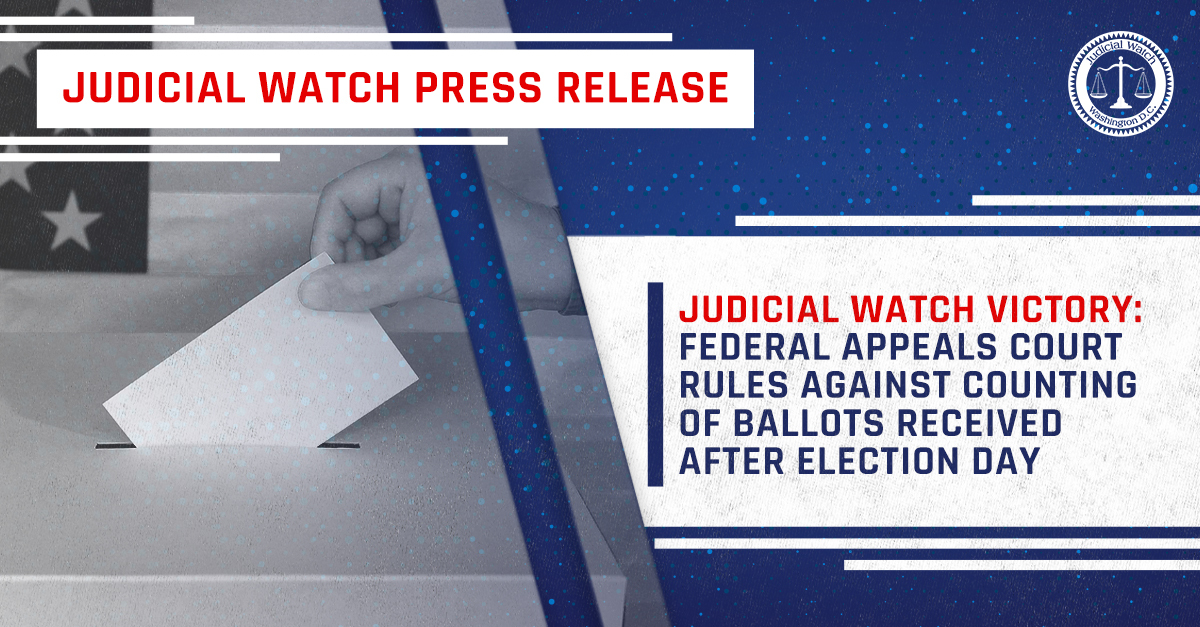

U.S. Report Makes Case for Food Stamp Increase
The Obama administration blew an astounding $80 billion on food stamps last year but it wasn’t enough to put a dent in the national epidemic of “food insecure” households, according to a new government study that aims to justify pouring larger sums of taxpayer dollars into the bulging welfare program.
It’s like there’s no end to the madness! In 2012 a record 47 million people got food stamps, according to the government’s own figures. Uncle Sam spent an unprecedented $80 billion on the program, marking an unbelievable $2.7 billion increase from the previous year. To help illustrate the drastic growth, let’s consider the 2007 figures; 26 million people got food stamps that year at a cost to American taxpayers of $35 billion.
As breathtaking as these figures are, the Obama administration insists on expanding the rolls even offering the benefit to illegal immigrants. Earlier this year Judicial Watch obtained documents from the U.S. Department of Agriculture (USDA), the agency that distributes food stamps, detailing its work with the Mexican government to promote participation by illegal aliens. The effort includes a Spanish-language flyer provided to the Mexican Embassy by the USDA ensuring that Mexicans in the U.S. don’t need to declare their immigration status to get financial assistance from Uncle Sam.
As is common with bloated government programs, fraud and corruption have tainted the USDA’s grocery giveaway. For instance last spring the USDA Inspector General revealed that many food-stamp recipients use their welfare benefit to buy drugs, weapons and other contraband from unscrupulous vendors. Some trade food stamps for reduced amounts of cash. The fraud cost taxpayers nearly $200 million, according to the USDA watchdog, which provided various examples during testimony before the House Committee on Oversight and Government Reform.
So how can the administration justify bolstering this program? The new USDA report, authored by agency sociologists, claims that the percentage of U.S. households that were food insecure remained essentially unchanged from 2011 to 2012 despite the funding surge. Furthermore, the government sociologists found that the percentage of households with food insecurity in the severe range—described as very low food security—also was unchanged.
This means that the government must dedicate more money to the already monstrous food stamp budget. “Food insecurity remains a very real challenge for millions of Americans,” USDA Secretary Tom Vilsack says in a statement announcing the report this week. He goes on to tout the study’s findings for underscoring the importance of food stamps to help keep “food insecurity from rising.”















